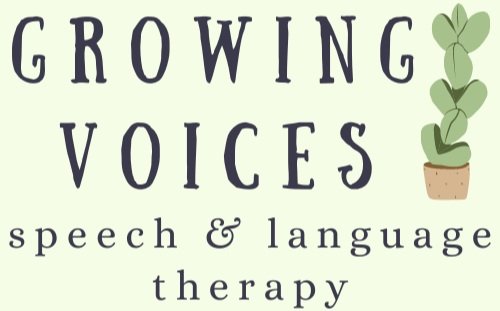Gestalt Language Processing and Autism
There are two ways to process and develop language: Analytic Language Processing and Gestalt Language Processing (GLP). Most children with autism use GLP and process language in whole chunks as opposed to single words. Echolalia, the repetition of others' utterances, is an essential part of language development for Gestalt Language Processors. Both Analytic Language Development and Gestalt Language Development are valid ways to acquire language (Ann Peters, 1983).
Why This Matters
Despite the research, Gestalt Language Processing is not taught in most speech-language pathology graduate programs. Historically, many professionals and caregivers have been told to ignore echolalia and treat children with autism as if they are "disordered analytic processors." This method can be harmful and even set language development back. Children may not produce their own, spontaneous utterances or can get stuck in either stage 1 or stage 2 if the speech-language pathologist is not familiar with Gestalt Language Processing.
Often, we do not realize "jargon" is echolalia. Echolalia is not something we should be frustrated by and it should not be ignored. It is part of their language development. Echolalia is communication! Try to discover what your child is communicating when he/she uses echolalia or "scripts." Many adults with autism have come forward and shared negative experiences with different therapies they received as a child. It's strongly recommended to validate their communication and follow their lead during therapy. Therapy can be incorporated into play so that a healthy relationship is established and children are excited to go to therapy for years to come. As a speech-language pathologist, I have tried both treatment methods. Using the Gestalt Language Processing approach has profoundly impacted my clients for the better.
Different Language Development = Different Treatment Approach
I highly recommend working with a speech-language pathologist (SLP) who is trained in and familiar with GLP. Alexandria Zachos created meaningfulspeech.com to educate SLPs, professionals and parents on Gestalt Language Processing using the Natural Language Acquisition framework developed by Marge Blanc.
You can inquire while speaking with a therapist or visit meaningfulspeechregistry.com to find an SLP who is trained in Gestalt Language Processing. You can also find free resources and research about GLP on the site.
Sources:
Blanc, M. (2012). Natural Language Acquisition on the Autism Spectrum: The Journey from Echolalia to Self-Generated Language. Communication Development Center.
Peters, A.M. (1983). The Units of Language Acquisition. Cambridge University Press.
Prizant, Barry. (1983). Language acquisition and communicative behavior in autism: Toward an understanding of the 'whole' of it. The Journal of speech and hearing disorders. 48. 296-307.
Other Blog Posts:
Click here to see read our blog post on the differences between Gestalt and Analytic Language Processing.
Click here to read our blog post about the signs of a Gestalt Language Processor.
